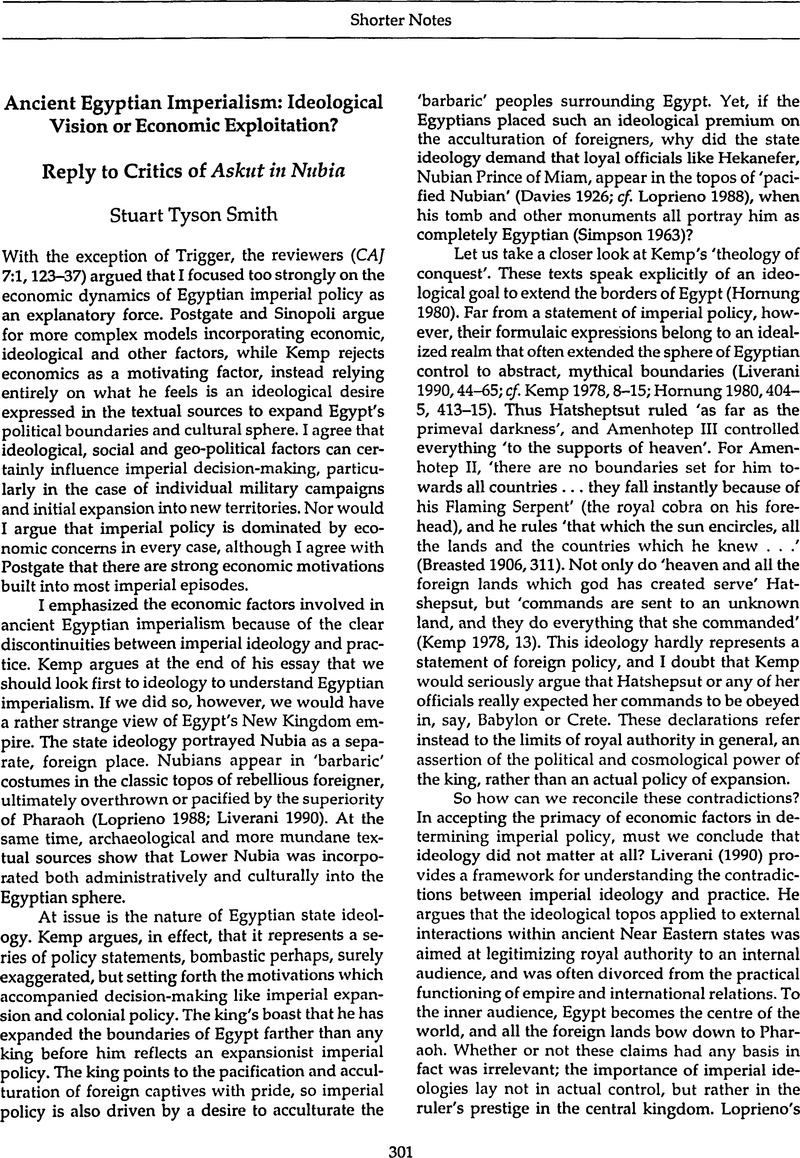Crossref Citations
This article has been cited by the following publications. This list is generated based on data provided by Crossref.
Düring, Bleda S.
2020.
The Imperialisation of Assyria.



